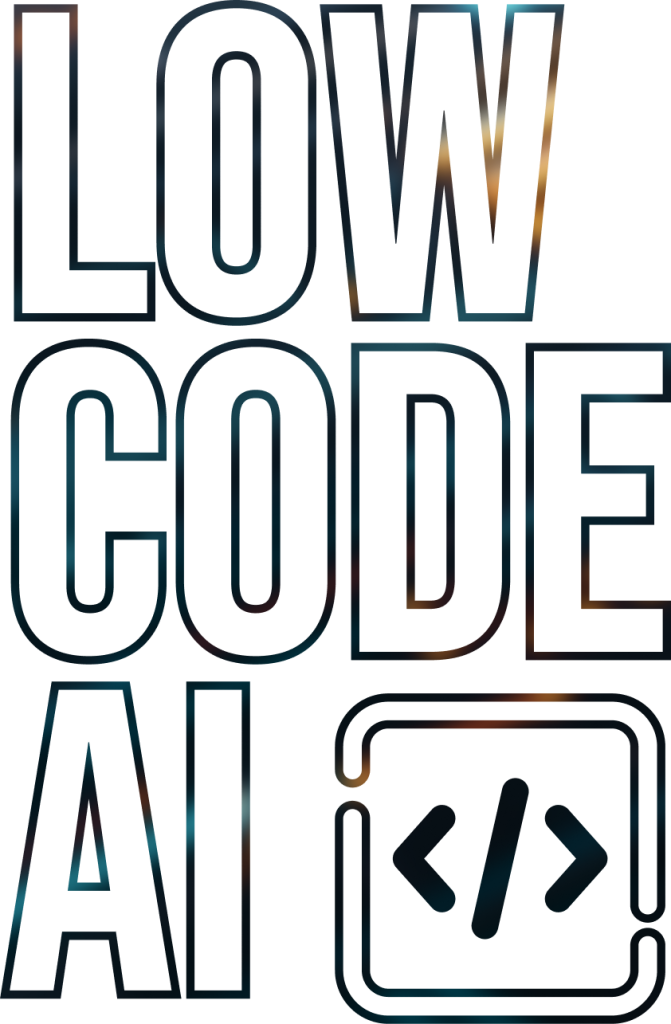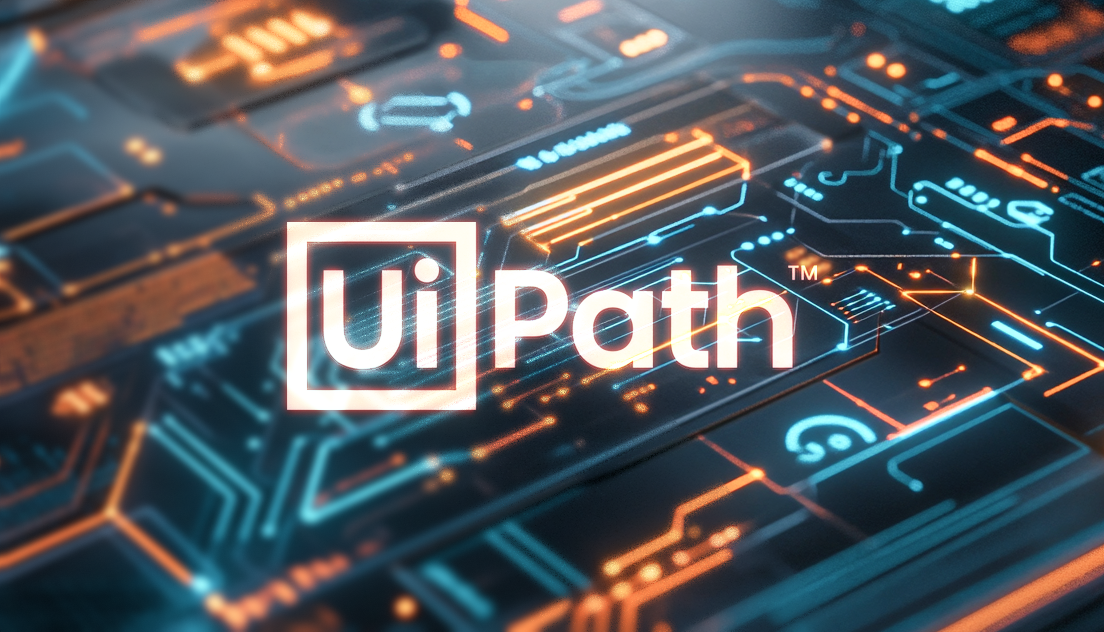In today’s fast-paced digital landscape, businesses are constantly seeking ways to innovate and streamline their operations.
One of the most transformative technologies driving this change is artificial intelligence (AI). However, integrating AI into business processes can often be complex and resource-intensive. This is where low-code platforms like UiPath come into play, democratising AI and making it accessible to a broader audience.

What is Low-Code AI?
Low-code AI refers to the use of visual development environments that allow users to create AI-driven applications with minimal hand-coding. This approach significantly reduces the complexity and time required to develop AI solutions, enabling even those without deep technical expertise to harness the power of AI.
Key Capabilities of the UiPath Platform
- Pre-Built AI Models – UiPath offers a library of pre-built AI models that can be easily integrated into automation workflows. These models cover a wide range of applications, including document understanding, image recognition, and predictive analytics, allowing businesses to leverage AI without starting from scratch.
- Custom AI Model Training – For unique business needs, UiPath provides tools for training custom AI models using proprietary data. This capability ensures that organisations can develop tailored AI solutions that address specific challenges and opportunities.
- Seamless Integration with RPA – UiPath seamlessly integrates AI with Robotic Process Automation (RPA), enabling the automation of complex tasks that require cognitive capabilities. This integration enhances the overall efficiency and effectiveness of automation efforts.
- Natural Language Processing (NLP) – UiPath incorporates NLP to understand and process human language. This is particularly useful for automating customer service tasks, such as responding to emails and chatbots, ensuring efficient and accurate customer interactions.
- Computer Vision – UiPath’s computer vision capabilities allow robots to interact with user interfaces just like humans. This means that even legacy systems without APIs can be automated, ensuring seamless automation across various applications.
Real-World Applications
The combination of low-code development and AI opens up a world of possibilities for businesses across industries. Here are a few examples of how organisations are leveraging UiPath to drive innovation:
Customer Service
Automating customer service interactions with AI-powered chatbots and virtual assistants to provide quick and accurate responses to customer inquiries.
Finance
Streamlining financial processes such as invoice processing, fraud detection, and financial forecasting using AI-driven automation.
Healthcare
Enhancing patient care by automating administrative tasks, analysing medical records, and supporting clinical decision-making with AI insights.
Manufacturing
Optimising supply chain management, predictive maintenance, and quality control through AI-powered automation.
Conclusion
The UiPath platform is revolutionizing the way organizations approach AI by making it accessible, affordable, and easy to use. Its low-code capabilities enable businesses to integrate AI into their workflows without the need for extensive coding or data science expertise. By leveraging UiPath, organisations can enhance productivity, reduce costs, and stay competitive in an increasingly automated world.
Please get in touch today, and our team at Systems iO will help you get started.
Build IT Now
Want to learn more about what we can do for your business? And how quickly? Go to the Systems iO services page or
Stay updated with our latest insights, industry news, and exclusive content by following us on LinkedIn! Join our growing community of professionals and be part of the conversation. Follow us on LinkedIn and never miss an update!
If you would like to receive our newsletter direct to your inbox, simply sign up at the bottom of this page..


